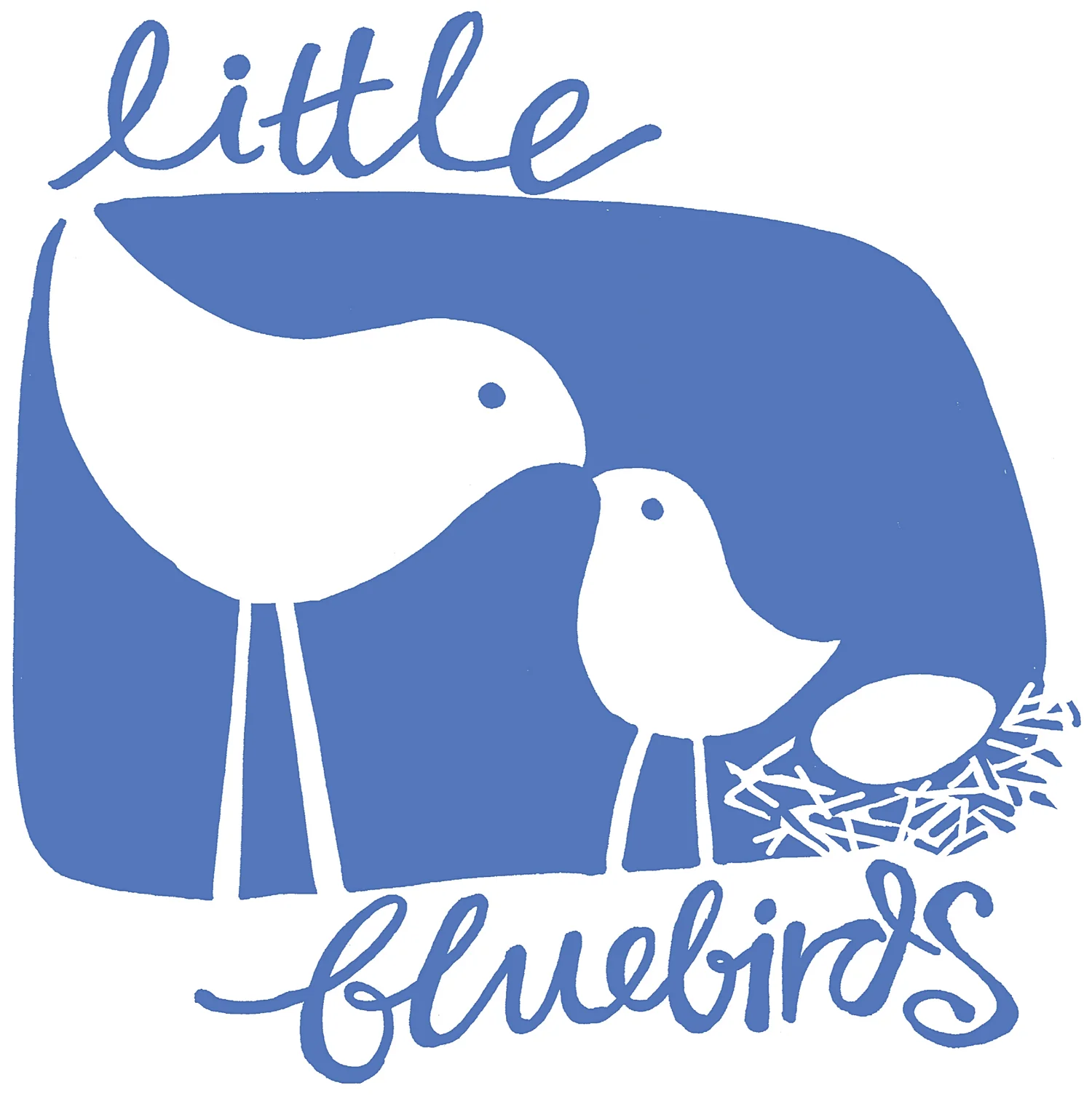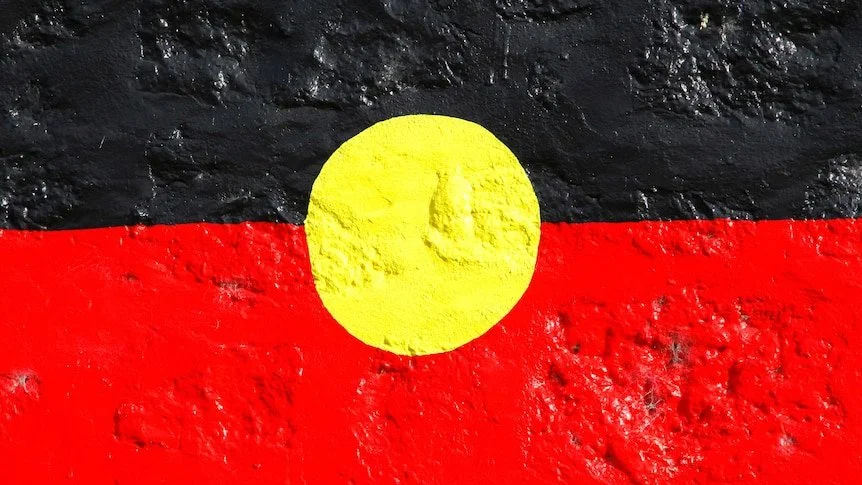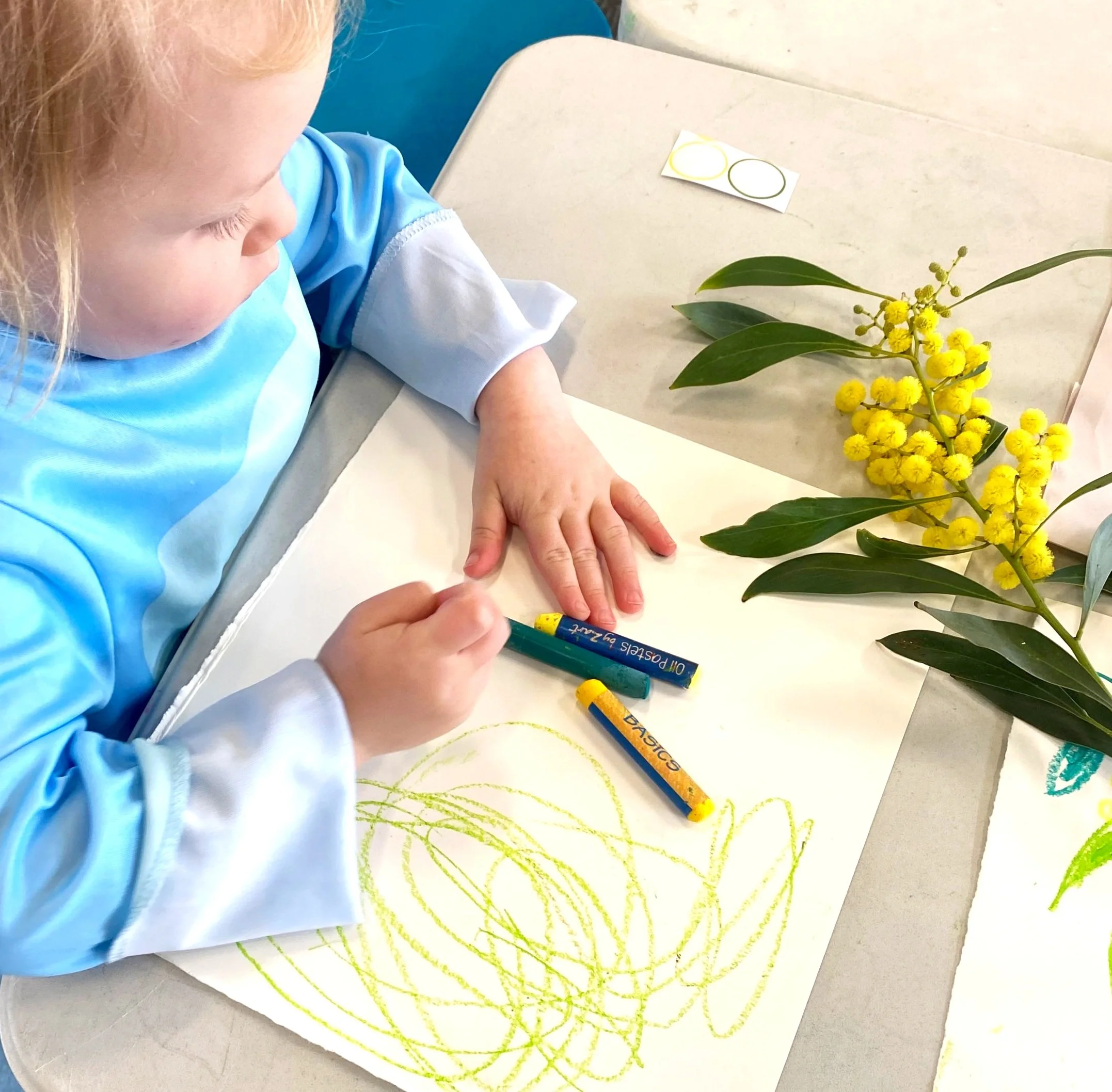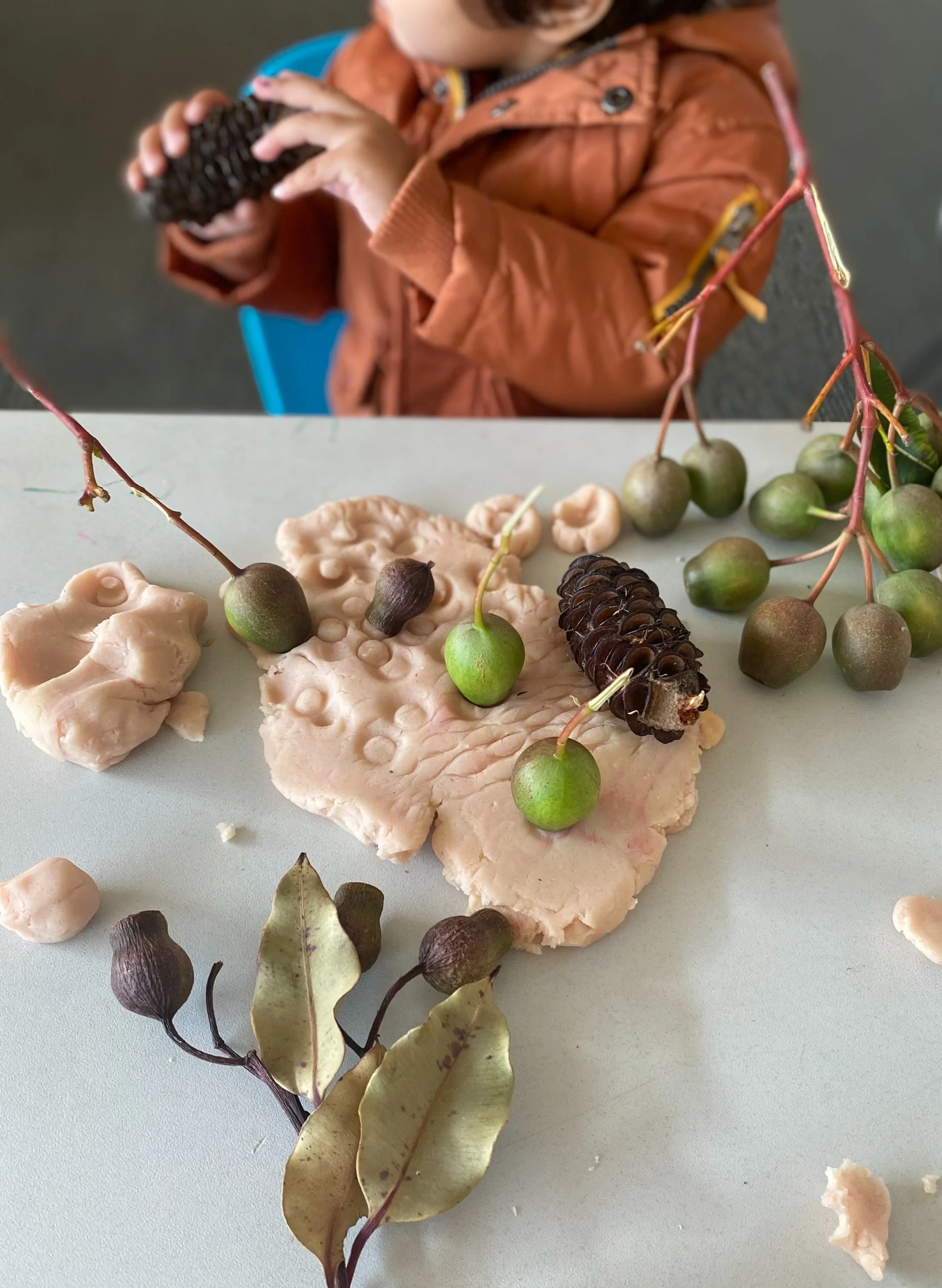Songs from the Heart
Songs hold a special place for humans - no other species on the planet combines melody and words in this way. Songs connect people and carry culture in a powerful and unique way. Listening to and singing songs from other cultures can help children understand and celebrate these cultures. It seems simple - right?
Then why is it so tricky for me as a white Australian music educator to weave Aboriginal and Torres Strait Islander songs into the repertoire I introduce children to?
Lost Knowledge
Aboriginal and Torres Strait Islander Australia is made up of many different and distinct groups, each with their own culture, customs, language and laws. I live on Wadawurrung Country so I reached out to the Wadawurrung Traditional Owners Aboriginal Corporation to ask about songs that I can use with children.
They were excited to tell me that they will soon be releasing five songs targeted at young children. This IS exciting news and demonstrates that teachers are keen to do better in this area but my understanding is that these are not traditional songs. Rather, they are nursery rhymes (like Twinkle Twinkle) that have been translated into Wadawurrung language or brand new, composed songs that have been written in language.
Sadly, government policies which saw people moved onto missions and children removed from families had a devastating impact on the transmission of languages and culture, including songs. So it is not just white Australians (like me) that don’t know these songs, most of these songs have been completely lost to everyone, including the Traditional Owners of our lands.
(Wherever you are in Australia you are on the lands and waters of Australia’s First Peoples. You can probably find out whose country you are on using AITSIS’s map of Indigenous Australia).
Simple Songs
As a music teacher I want to immerse my students in all sorts of music - from a range of genres, cultures and of varying complexities. BUT when it comes to getting them singing, I carefully select the very simplest of songs, those with just a few notes across a small range, that are short and give them the very best chance of success. (Just like in reading… we surround our children with all sorts of books - picture books, chapter books you read aloud to them, non-fiction, poetry etc. But the first books a child brings home from school to read out loud are very simple - just a few words on each page.)
With such a tiny repertoire of songs that have been preserved from Aboriginal and Torres Strait Islander cultures around Australia, it is tricky to find songs that our littlest people can successfully sing.
Cultural Sensitivies
But here’s the big one… I’m worried about doing the wrong thing! What if I mispronounce the lyrics? What if I use the wrong words when I’m talking about the song? What if I teach a song that really shouldn’t be sung by children? What if the children ask a question and I don’t know the answer?
There are so many things that I don’t know and so many ways I could get it wrong that it kinda feels safer (and easier) to do nothing.
But I want to try and I’m guessing you do too if you’re still reading!! So I’ve put together some video resources to help you introduce songs from our First Nations people into your home.
Traditional songs in language:
Maranoa Lullaby - traditional lullaby sung in Gunggari
Jabbin Jabbin - traditional morning song sung in Gunggari
Inanay Cupuana - traditional lullaby sung in Yorta Yorta
Yunma-n Walabai Yunma-n - traditional lullaby sung in Butchulla
Nursery Rhymes in language:
Twinkle Twinkle sung in Noongar
Kookaburra sung in Anindilyakwa
Head, Shoulders, Knees and Toes sung in Bundjalung
Newly composed songs in language:
Sung in Kunwinjku and English
Sung in Yolngu Matha and English
Sung in Ndjébbana and English



